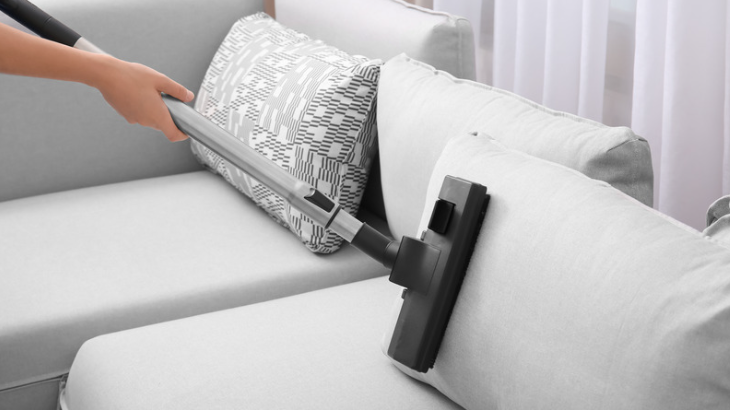If you’ve ever noticed smoke coming out of your vacuum, you might be wondering why it’s happening. Well, the answer could lie in a few different factors that can cause your vacuum to smoke. One possibility is that there’s a buildup of dirt and debris inside the machine, which can lead to overheating and ultimately result in smoke. Another potential reason could be a clogged filter or hose, which can restrict airflow and put extra strain on the motor.
Additionally, if you’re using your vacuum on surfaces with fine particles like dust or pet hair, these particles can accumulate inside the motor or other components over time. This accumulation can not only reduce efficiency but also increase the risk of overheating and smoking.
In some cases, using the wrong type of bag or filter for your specific vacuum model may also contribute to smoking. It’s essential to check the manufacturer’s recommendations for compatible accessories to ensure proper functioning and prevent any potential issues.
Table of Contents
ToggleWhy Is My Vacuum Smoking
If you’ve noticed smoke coming from your vacuum, it can be a cause for concern. Here are some possible reasons why this might be happening:
- Clogged Airflow: One common cause of smoke is a clog in the airflow system. When the air cannot flow freely through the vacuum, it can lead to overheating and smoke. Check for any obstructions in the hose, brush roll, or filters.
- Worn or Damaged Belt: Another potential culprit is a worn-out or damaged belt. If the belt that drives the brush roll becomes loose or breaks, it can create friction and generate heat, resulting in smoke.
- Overheated Motor: An overheated motor is another possibility. Continuous use without giving your vacuum a break can cause the motor to overheat and produce smoke. It’s important to follow recommended usage guidelines and allow your vacuum to cool down periodically.
- Excessive Dirt Buildup: A buildup of dirt and debris inside your vacuum can also lead to smoking. When too much dirt accumulates, it restricts airflow and puts strain on the motor, causing it to overheat.
- Electrical Issues: Faulty wiring or electrical components within the vacuum can also contribute to smoking issues. If you suspect an electrical problem, it’s best to have a professional inspect and repair your vacuum.
To address these potential causes of smoke coming from your vacuum:
- Regularly clean and maintain your vacuum by emptying dirt containers and replacing filters as recommended by the manufacturer.
- Check for any visible damage, such as worn belts or frayed cords.
- Give your vacuum breaks during long cleaning sessions.
- Avoid using your vacuum on wet surfaces or picking up liquids that could damage internal components.

Overheating Motor
If you’re experiencing smoke coming from your vacuum, one possible cause could be an overheating motor. A motor that is working too hard or not receiving proper ventilation can generate excessive heat, leading to smoke and potential damage.
Here are a few factors that may contribute to an overheating motor:
- Clogged Filters: When the filters in your vacuum are clogged with dirt and debris, it restricts airflow and puts additional strain on the motor. Regularly cleaning or replacing the filters can help prevent overheating.
- Blockages in the Hose or Brushroll: Blockages in the hose or brush roll can also impede airflow, causing the motor to work harder and overheat. Check for any obstructions and clear them if necessary.
- Full Dust Canister/Bag: A full dust canister or bag reduces airflow, making it harder for the motor to function properly. Emptying or replacing the dust container regularly will help maintain optimal performance.
- Lack of Maintenance: Neglecting regular maintenance tasks such as cleaning brushes, lubricating moving parts, and checking for worn-out belts can lead to increased friction within the vacuum system, resulting in overheating.
- Using Incorrect Attachments: Using attachments that are not designed for your specific model of vacuum cleaner may cause increased resistance and strain on the motor, potentially leading to overheating issues.

